The Fern Know-how: Tips for Growing Ferns in the U.S
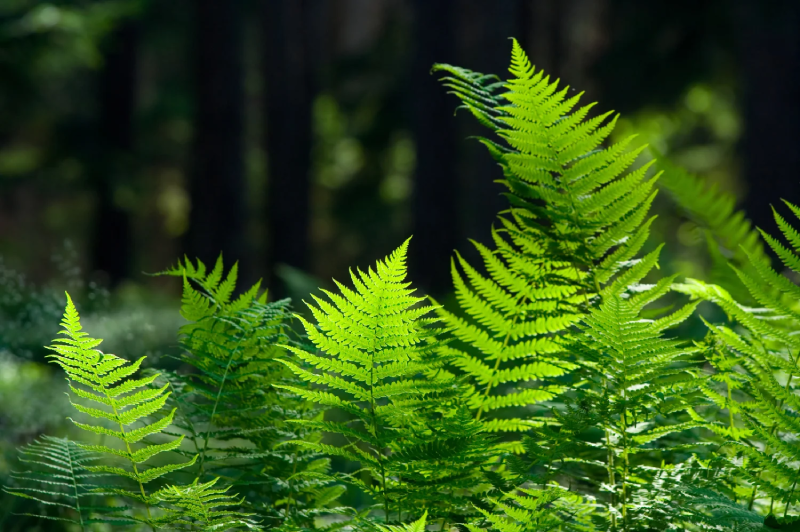
Ferns have a specialty that rarely any of us know about. They have been on this planet for around 350 million years, as we can see from fossil records, but it may very well be that they are still older, dating far back to around 430 million years.
As future parents of ferns, you should know these two most interesting facts about ferns—
- When the land masses of Earth collided and formed one Continent, Pangea, ferns spread throughout it, and that is why native ferns are found on all continents today.
- The destructive asteroid impact that dealt the final blow to the dinosaurs 66 million years ago and ensued a period of ‘Nuclear Winter’ throughout the Earth marked by acid rains, the release of harmful gases, and blockage of sunlight was survived by ferns proven by the fact that you can see them flourishing even today.
Ferns surviving through such extreme conditions makes us wonder what exactly they possess that led them to persevere even through the most destructive period in the history of Earth. Turns out, a research conducted on how ferns outlived dinosaurs found out they are tolerant to acids and nutrient-poor soil. They also have the capacity to survive in low light. In fact, many fern types prefer low light and cannot handle too much direct sunlight.
Well, now that the intriguing qualities of ferns are known, let us get to the details of their types and how best to grow them.
Which Ferns to Grow
Ferns are a green choice and will keep your garden flourishing throughout the year. They are perennials, which means they will last for quite a few years. It is said that ferns live up to centuries if given the proper conditions. Their demands in terms of watering, feeding, and sunlight are quite minimal compared to other perennials, so they are also an easy choice. Fern leaves are called fronds, and most ferns propagate through spores that grow under these fronds.
There are around 10,000 fern species among 4 larger groups. Each species has certain different traits. Some types can tolerate sunlight, while others require only indirect light. Some require regular watering, while others can do with moist soil. We have a few species of ferns native to America that will suit the American conditions and will be an easy fit for your garden.
Tip: Before buying and planting any fern, get to know its full details through the USDA Plant Database. The database gives detailed information about almost every plant and its various characteristics. You can get to know its specific watering, fertility, sunlight,
Native: Eastern and Midwest Region of the United States; Eastern Canada
Growth Period: Spring and Summer
Height when Mature: 1.3 feet
Minimum Root Depth: 10 inches
Drought Tolerance: Low
Fertility Requirement: High
Bloom Period: Summer
Propagated by: Container and Sprigs
Soil Requirements: Medium to Course Texture
Northern Maidenhair Ferns are native to the Eastern and the Midwest regions of the United States and Eastern Canada. Their drought tolerance is low; hence, the soil needs to be kept moist, though not soggy, as that may lead to overwatering and a rusty tinge in the leaves. Overwatering also leads to rotting. Their flower color is brown, and the foliage is dark green. While planting, take special care of the soil fertility and texture. Add compost, leaves, and tree branches if necessary.
Tip: Take any step only after checking the plant’s tag, following the instructions if given, and speaking to the person at the nursery you bought from.
Cinnamon Fern (Osmunda cinnamomea)

Native: North, South, and East North CentralRegion of the United States; Eastern Canada
Growth Period: Spring and Fall
Height when Mature: 4.9 feet
Minimum Root Depth: 12 inches
Drought Tolerance: Medium
Fertility Requirement: Medium
Bloom Period: Spring
Propagated by: Container and Sprigs
Soil Requirements: Fine to Medium Texture
Cinnamon Ferns are native to the Northern, Southern, and East North Central Regions of the United States and Eastern Canada. These can tolerate full sunlight if kept in water; otherwise, a partial shade is advised. These types of ferns contain stalks that stand erect, containing fruit seeds. They are orange in color, while the fronds are green colored. Their propagation can be done either through rhizome division or through spores. They can moderately tolerate drought, which means they need to be watered moderately. Not too much, but not too little either. Make sure the soil stays moist but does not get too soggy.
Marginal Wood Fern (Dryopteris marginalis)

Native: North, South, and East North CentralRegion of the United States; Quebec, Ontario, and British Colombia.
Growth Period: Spring and Fall
Height when Mature: 1-3 feet
Drought Tolerance: Medium
Fertility Requirement: Medium
Propagated by: Root Division; Spores
Marginal Wood Ferns cannot tolerate direct sun and need the soil to be moist. It is advisable to keep them in partial or complete shade but ensure that light reaches them. Their natural habitat includes moist, rocky, and acidic soil. Water them regularly, but not too much. Just enough so that the soil remains sufficiently filled with moisture. They grow in a bunch, and their roots form a crown. When propagating, use crown division method or spores.
New York Fern (Thelypteris noveboracensis)
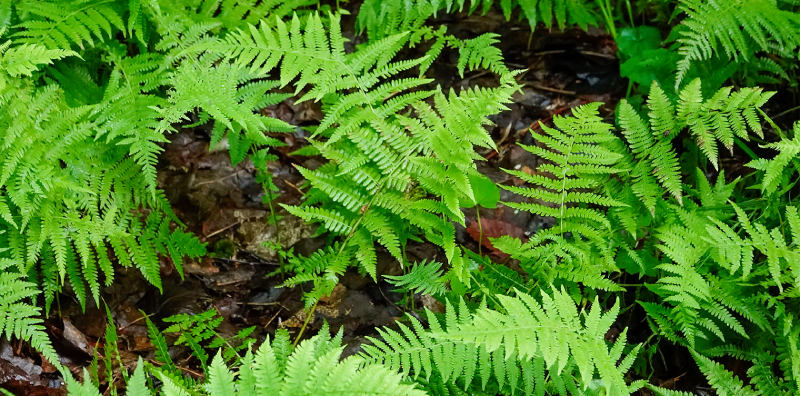
Native: Northern and Southeast Region of the United States; Eastern Canada
Growth Period: Spring
Height when Mature: 1.5 feet
Minimum Root Depth: 6 inches
Drought Tolerance: Medium
Fertility Requirement: Low
Bloom Period: Summer
Propagated by: Container, Bulbs and seeds
Soil Requirements: Fine, Medium, and Course Texture
The ferns that are natural to New York are called New York Ferns. If you’re a gardener living in New York, you’ve got to have these ferns. They are very easy to maintain and require less hassle than most plants. Their water requirements are low, too; you need only to keep the soil moist enough. That is the case with most types of ferns, these ones can tolerate drier conditions. The soil for New York Ferns need not be fertilized much at all, as they are also quite tolerant in that respect. Their flower color is brown, and the foliage is yellowish green. For propagation, use rhizome division or spores.
Overall Tips to Grow Ferns
Ferns are ancient plants and contain genes that help them survive in drastic conditions. This makes them easy to plant, easier to maintain, and a delight to witness. Here are some tips which will be helpful no matter which type of fern you decide to go with—
- Fern rhizomes and roots are two different things. Rhizomes are stems that grow underground and horizontally. They are known to grow deeper than other plants, and this is a big factor in the face of the extreme survival characteristics of ferns.
- Cutting rhizomes such that one end contains a root clot and the other an opening for main growth is a way of propagating ferns.
- Propagation through spores requires you to keep a leaf with spores on it inside a paper envelope in a warm and dry area. Then plant them after thoroughly getting the soil sterilized.
- Regarding watering, most ferns require the soil to be moist, not soggy. Certain types of ferns can go with once-a-week watering as well.
- In terms of sunlight, most ferns prefer partial shade, though some might do just fine in full sun as well. It is best to know for sure what characteristics and planting conditions are best for your species though.
- Depending on the type, some ferns spread quite fast while others grow in a bunch. Find out beforehand which type you wish to plant and have space for.
- Ferns are generally resilient; however, certain types cannot tolerate frost and cold.
- Humidity is a big part of fern growth and wellbeing. Whichever type of fern, make sure it has enough. You can either use a humidifier or just keep a bowl of water near it.
- To maintain unhindered growth, carry out mulching of dead fronds.
- If leaves are falling too fast and unusually, it is a sign of underwatering.
- If leaves turn rusty at the tips or anywhere else, it can be a sign of overwatering.
- Some insects like snails and worms may infest and try to eat the fronds. Ferns also attract birds.
- It is best to plant ferns in spring or autumn, as this gives them time to settle in before the extreme weather arrives.
- Take help of your nursery seller, the various online databases and keep coming back to this article to ensure you are following the right steps.
Conclusion
Ferns are a delight if well kept. And a good thing because beyond watering and sunlight requirements, they do not require much. In this article we provided you with details on four native American ferns. Whichever one you choose, make sure you provide it with the right requirements, and it will bestow your garden a fuller and more flourishing look for sure.
Happy Gardening!
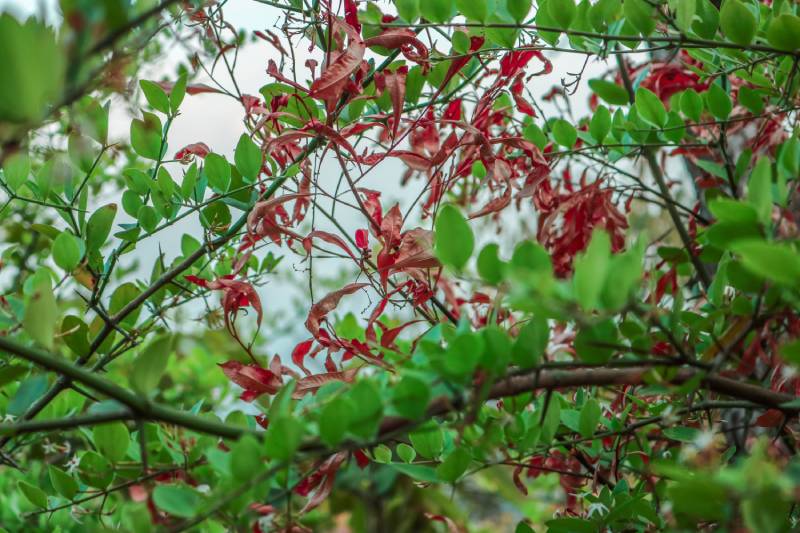
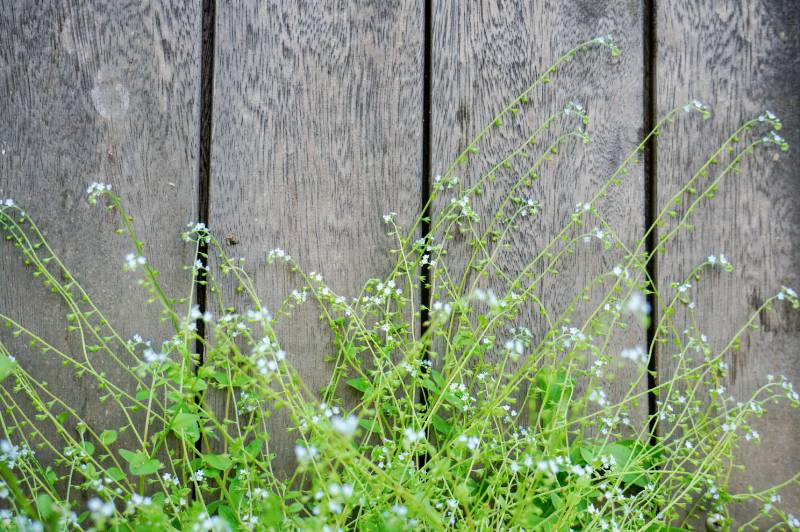
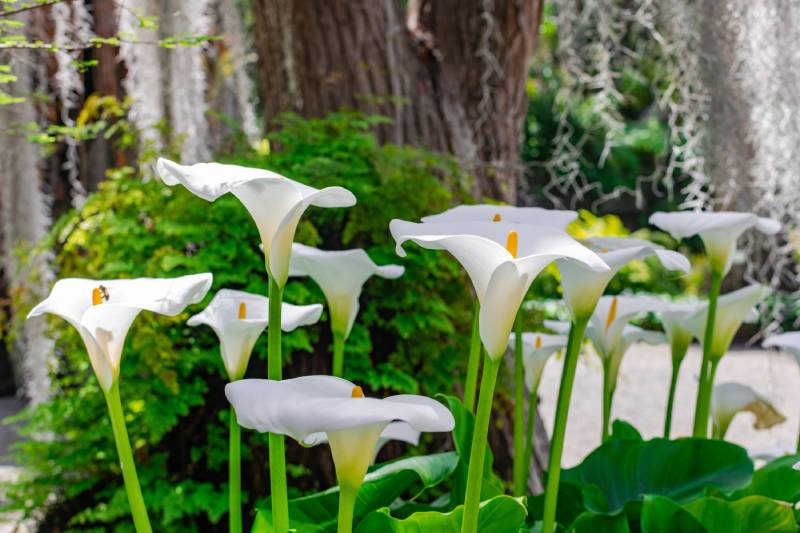
Leave a Reply